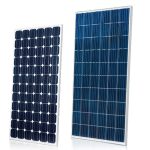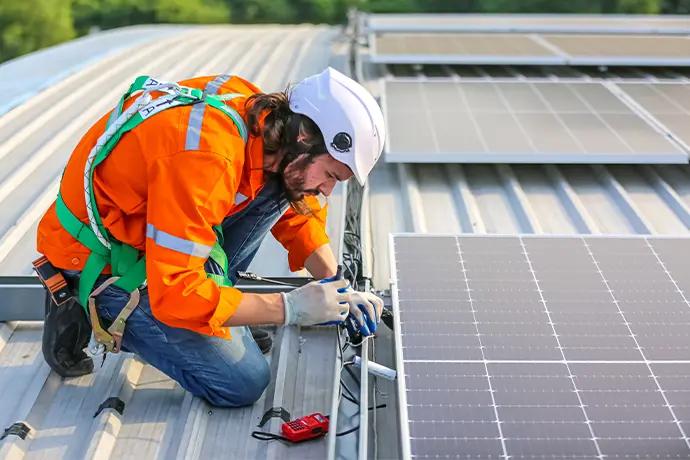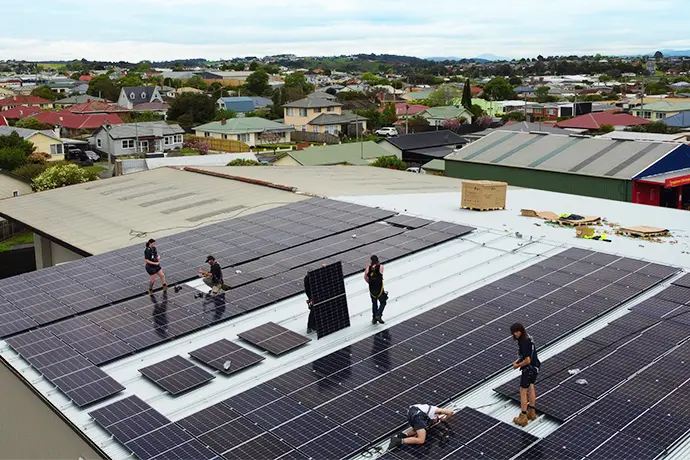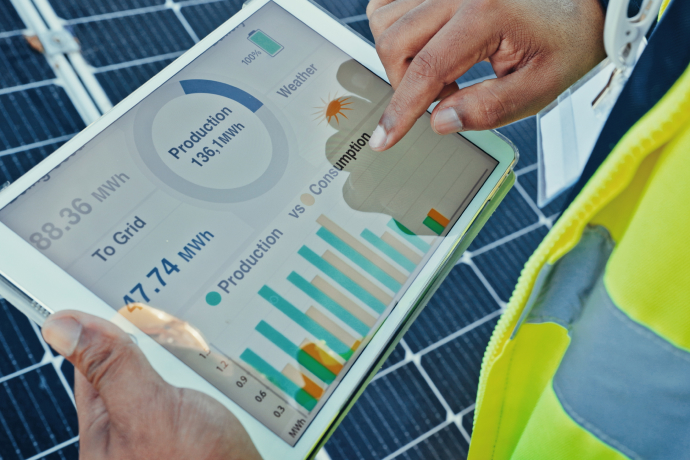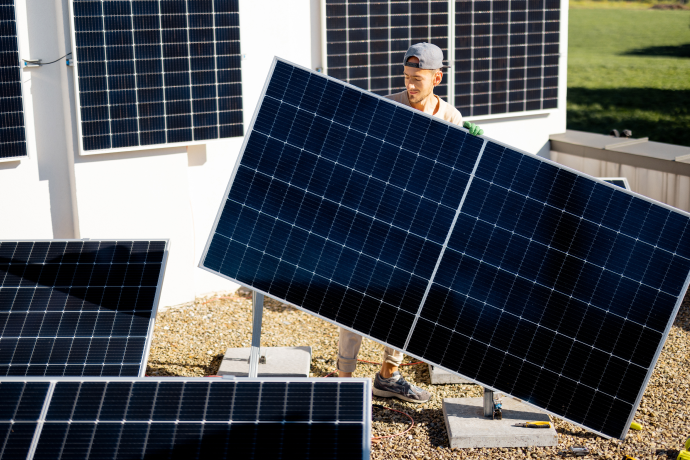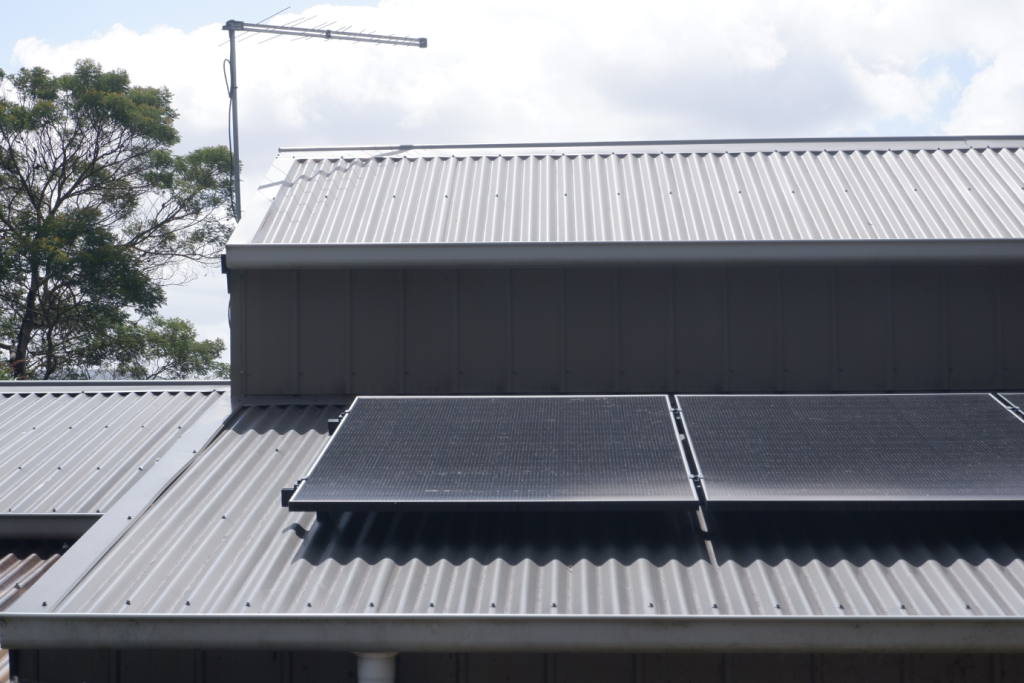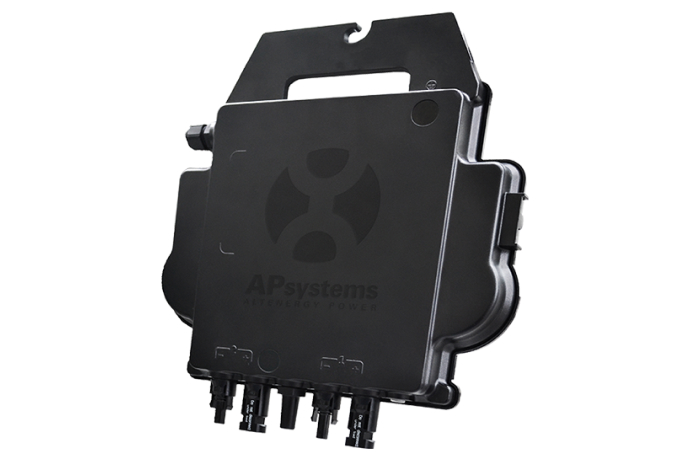More and more families are having solar installed and one of the common questions asked is how long it will take to get the panels on their roof. Solar installation is the process of connecting solar panels and other devices to create a solar system. It usually takes between 1 and 3 days depending on the size of the solar system and complexity of the install. However, the entire process from initial planning, finance, and activation can take anywhere from 6 weeks to a few months. In this article we will guide you through how long it takes to install solar panels, factors that influence installation time, and the steps to install solar panels.
Why Install Solar Panels
Installing solar panels allows you to produce renewable energy which has a wide range of benefits for the environment as well as your wallet. Solar panels have a plethora of advantages, including:
- Reducing energy bills: Solar panels save you money by reducing your energy bills. Electricity used for the home is created by the solar panels which means less need to purchase power from an energy provider. A small household with a low energy bill may save hundreds of dollars per year on bills, while a large solar system can save thousands. Using our solar savings calculator you can estimate how much you will save on energy bills.
- Selling excess energy back to the grid: When you generate too much electricity for the household to use, you can either store it in a solar battery, or sell it back to the grid. Called a feed-in tariff, this will normally take the form of a credit on your electricity bill.
- Increasing home value: Installing solar panels typically leads to an increase in home value by between 4% and 7%. Similarly to any addition to a home like a new kitchen or pool, solar panels are an attractive feature that raise a home’s value and often help properties sell faster.
- Providing renewable energy and less harm to the environment: Because solar panels produce renewable energy when the electricity is made from the sunlight, there is no need for fossil fuels that harm the environment. Solar energy is a pure renewable energy source that does not release greenhouse gases into the air like coal, oil or gas does.
Factors that Affect Solar Installation Time
While the actual installation of solar panels may only take 1 to 3 days, there are factors that can vary this timeline. If it is a simple, straightforward system you can expect faster installation than a more complex project. The factors that influence how long it will take to install solar panels can be broken down into ‘installation day factors’ and ‘before and after installation factors’.
Installation day factors that affect solar installation time
- System size: The size and scale of the solar system directly affects installation time. Small solar systems can usually be installed within a day or two. However, larger systems with higher kW capacity usually require more panels which means more extensive electrical work and longer installation time. In general, more panels means more labour and more complex installation procedures.
- Roof design: The design of a roof impacts solar panel installation time as panels are generally mounted on the roof. A simple flat roof will usually mean a straightforward installation process and quicker timeline. More complex roofs like those with steep slopes, intricate designs or multiple levels create accessibility challenges and may increase installation time.
- Roof condition: A roof in poor condition or made out of materials like slate or tiles can be difficult to work with. It is easier to install panels on corrugated iron roofs than those with tiles. Roofs that are in need of repair with broken tiles, leaks or ventilation issues will increase installation time as these issues will need to be addressed in order to install the solar panels.
- Weather conditions: Weather conditions directly impact how long it will take to install solar panels. As it is an outdoor process, poor weather conditions like rain, snow or storms will delay installation. Solar panel installation is usually scheduled during clear weather to ensure a smooth and uninterrupted workflow.
Before and after installation factors that affect solar installation time
- Permits and regulations: Solar panels require certain permits and regulations for legal and safe installation. Permits are required both before and after installation. Acquiring these permits can be a time consuming procedure depending on the area you live. Some regions have a streamlined and fast permitting process which will allow quicker installations, while others will take longer and be more complex. Once a solar system is installed it requires inspection by local authorities before it can be activated. This can significantly impact the timeline depending on the availability of inspectors.
- Custom requirements: If a solar system is customised to tailor to specific requirements it will impact the solar installation timeline. A custom designed system proposal will need to be put together by a system designer which may take additional time. The proposal is then handed over and, if agreed to, installation can be arranged.
- Electrical upgrades: Preparing a home for a solar system installation can involve electrical upgrades. This usually means upgrading the switchboard to accommodate a modern solar system and manage bidirectional power. When the powerboard is upgraded, it will be able to handle and distribute the increased electrical load and prevent any electrical faults. This upgrade will take time and add days or weeks to the installation time.
- Availability of components: If some components of the solar panel system are not available, installation will be delayed. This may only be a few days but could take longer if specialty parts need to be imported.
- Property size and type: The larger the property, the larger solar system it will require to cater to energy consumption. Large solar systems of 10kW or more take substantially longer to install due to their size and the number of panels.
Average Time Required for Solar Panel Installation
The average time required for solar panel installation will vary depending on the type of property and the size of the system. Solar system size is measured in kilowatts (kW) which is the rate of electricity used. The amount of electricity a residential or commercial building needs will determine the correct size solar system to meet those energy requirements. Residential solar panels typically take less time to install than larger commercial systems. Here we’ve compared average times for solar panel installation in residential and commercial applications.
Residential solar panel installation
- Property and system size: The average residential home with 2 to 5 bedrooms will require a solar system size of 3kW to 10kW.
- Approximate installation time: The average solar installation time for a residential property is between 1 and 3 days. For a small home, solar installation could take as little as a day provided conditions are optimal for installation and there are no major upgrades required. A larger system of 10kW will likely require at least 3 days for installation as it will require more panels and potentially more complex mounting and wiring.
- Factors affecting installation time: Roof size, roof complexity, weather conditions, local regulations and permits, solar installer’s efficiency and experience.
Factory solar panel installation
- Factory and system size: A small to medium sized factory will use about 400kWh of electricity per day and require a solar system size of at least 100kW. This type of business has high energy needs and will usually have a large, flat roof space to install the solar panels.
- Approximate installation time: Installation time for this size solar system will take a few weeks. With a large solar installation, structural assessments need to be made and mounting structures may need to be constructed to integrate with more complex electrical systems. On the other hand, commercial sized roofs like factories are usually ideal spaces for solar panel installation as they are less restricted than residential roofs.
- Factors affecting installation time: Roof structural capacity, complex electrical systems, custom solutions for panel mounting, weather conditions, logistics of moving large scale materials
Solar Panel Installation Step by Step
While the average installation time for most homes will be 1 to 3 days, there is a whole process that comes before installation day that may take months. The process is as follows:
- Receive quote from solar expert (1 day to 2 weeks)
- Customer signs up (1 day + 10 day cooling off)
- Finance approval (2-4 weeks)
- Deposit paid (2-4 weeks)
- DB approval (1-2 weeks)
- Installer to view and arrange Site Inspection if applicable (1-2 weeks)
- Stock and installation scheduled (1-2 weeks)
- Installation (1-2 days)
- Inspector & Grid connections (1-6 weeks)
Things to Keep in Mind When Having Solar Panels Installed
Having solar panels installed can be a costly endeavour that will pay off in the long run with minimal energy bills and environmentally friendly. Keep these things in mind when you are having solar panels installed to make the process run smoothly.
- Choose an accredited installer: It is essential that you choose an accredited installer to install your solar panel system. Accredited installers are trained and certified in solar installation. They will guarantee that installation meets Australian standards. Without using an accredited solar installer you run the risk of poor workmanship and will forfeit any government rebates like small scale technology certificates (STCs) under the Small Scale Renewable Energy Scheme.
- Ask the right questions of the installer: Make sure you ask the right questions of your solar installer to avoid mistakes like the wrong size solar panels, or panels installed in the wrong place. Your solar panel installer should be able to answer all your questions to put your mind at ease on the process and assure you the right equipment is being installed. Make sure you ask about warranties, the company’s solar experience, financing options, roof and location suitability and correct solar panel size.
- Be patient: Remember that having solar installed is not necessarily a fast process. While the actual installation might only take a day or two, it can be months before the system is connected to the grid. Be patient during this time. It is a significant investment and you want to make sure your solar panels are being installed correctly.
- Have your home prepared: Do your research and make sure your home is prepared to have solar panels installed. This means assessing your energy use to know what size system you need, inspecting the roof to make sure panels are suitable and there is minimal shading, and checking for permits and restrictions in your location.
Solar panel installation can take about 1 to 3 days for the average home, but there are processes before and after the physical installation that will take more time.. We have created this guide to help you understand how long installation takes, the process involved and what to keep in mind prior to solar panel installation. For further details on solar panel installation and how long it will take, contact the team at Tasmanian Safer Solar.


